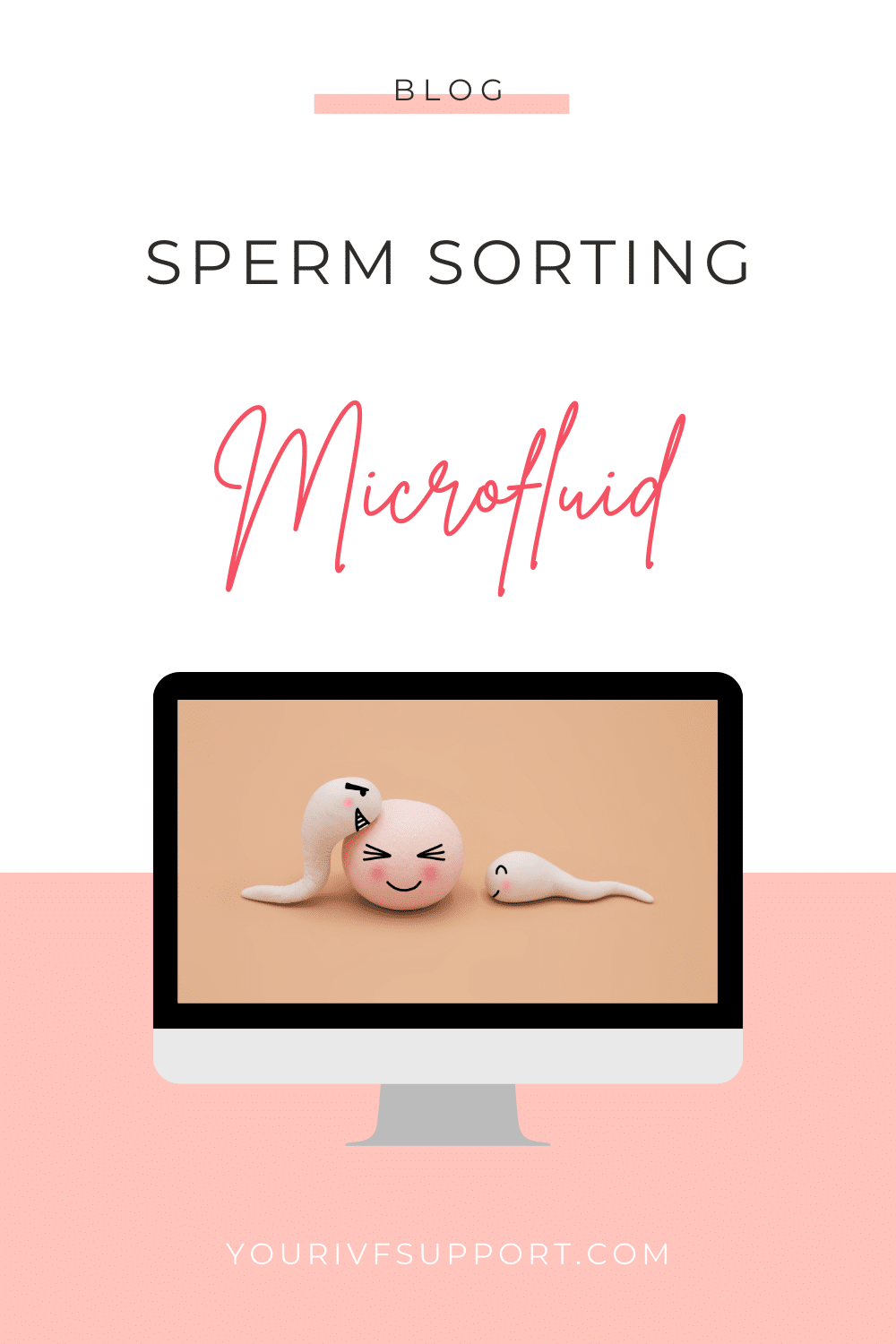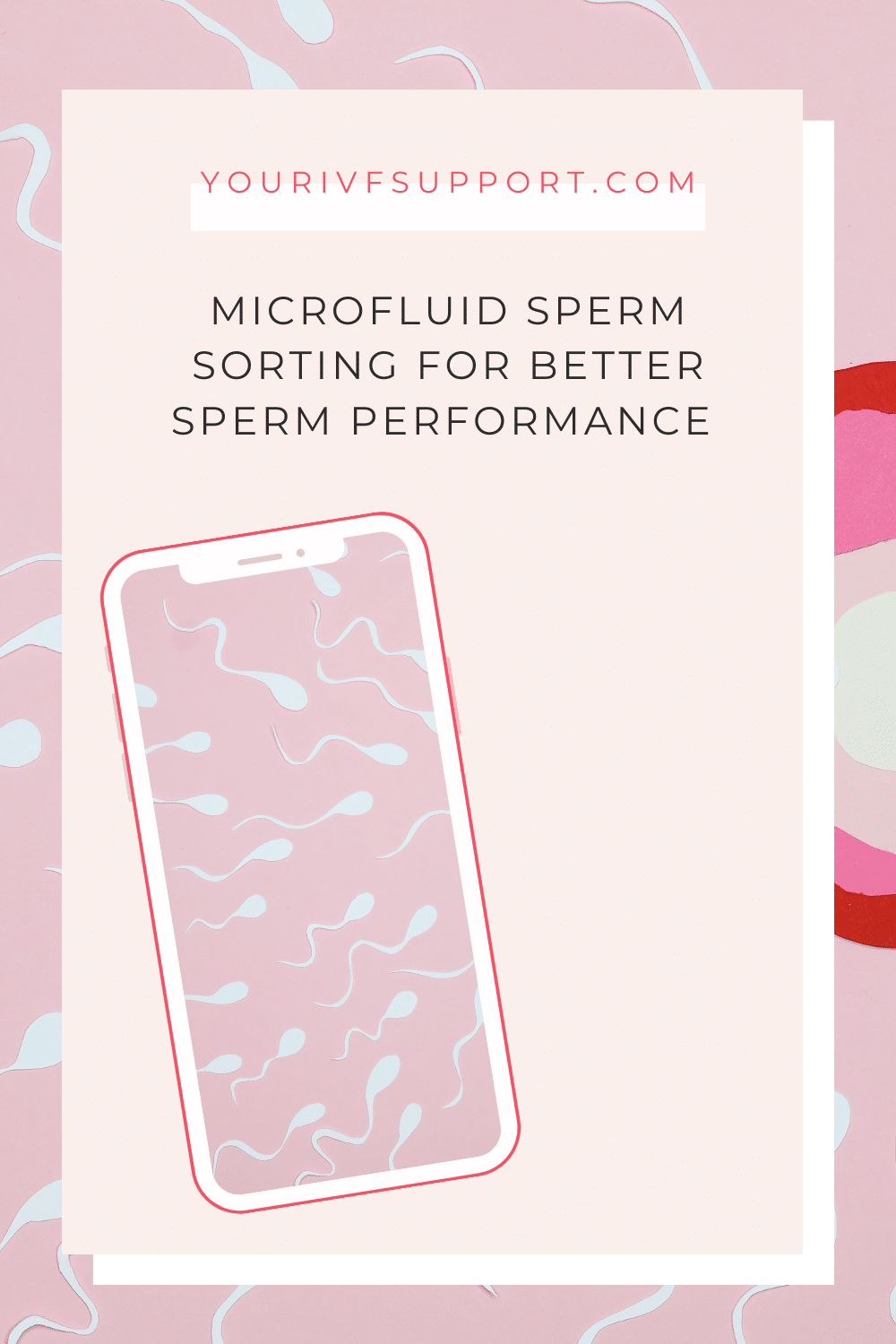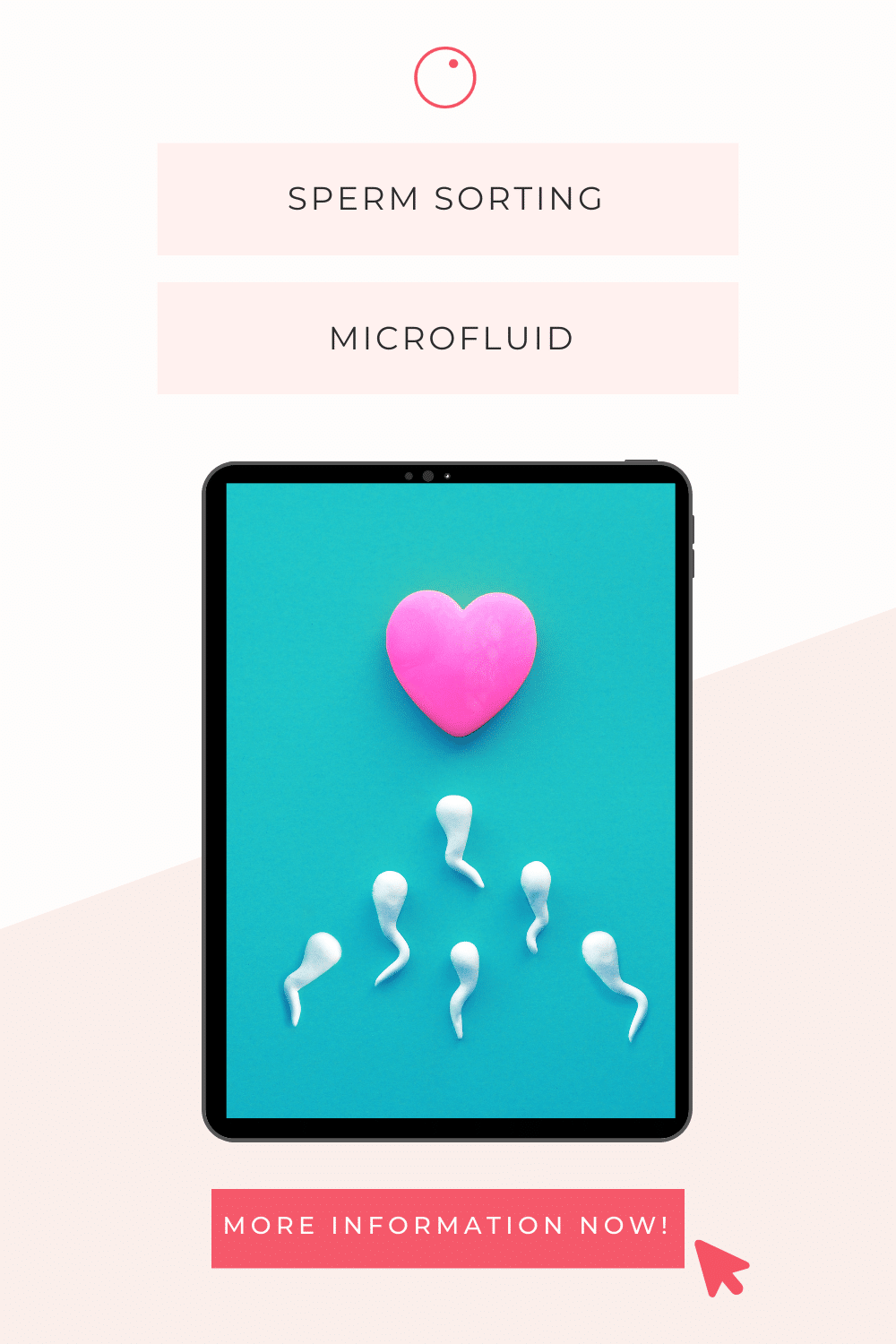About seven percent of couples worldwide are affected by involuntary childlessness. Today's reproductive medicine is constantly coming up with new innovations to help unintentionally childless couples on their way to having children. Many new IVF techniques have significantly increased success rates in recent decades. If the infertility is caused by the male partner, this can often be due to defective or too few sperm cells. The invention of ICSI (intracytoplasmic sperm injection) has helped men with low-quality sperm to become fathers in many cases. Here, the sperm do not have to manage the journey to the egg and fertilisation themselves, but a reproductive doctor injects a sperm directly into the egg. In recent decades, however, even more specific methods have been developed to check the quality and functioning of sperm cells before fertility treatment. Microfluid Sperm Sorting was developed to select the best sperm from a sperm sample for in vitro fertilisation.
What is Microfluid Sperm Sorting?
Sperm selection with a MicroFluid Chip is intended to mimic the natural selection of sperm in a woman's fallopian tubes. In the process, the sperm must overcome many small obstacles, such as micromembranes of about 8 μm and mechanical forces caused by moving fluids. This allows the reproductive doctor to judge the best sperm not only by their appearance under the microscope, but also to test them more thoroughly for functionality. A good quality sample is characterised not only by the number of sperm cells it contains, but also by its appearance, motility and the quality of its genetic material. Abnormally moving or atypical looking sperm could potentially have a genetic defect. Therefore, the need arose for a method to further characterise the sperm samples.
Advantages of the method
The selected sperm show better morphology, quality of genetic material, vitality and mobility after the application of Microfluid Sperm Sorting. This procedure is particularly gentle, as the sperm do not have to be processed or centrifuged beforehand. The method also works without the addition of artificial chemicals. Many individual processing steps can cause stress to the sperm and reduce their quality. Heavy centrifugation, for example, can result in the release of harmful reactive oxygen species (ROS), which can damage the genetic material of the sperm. Bypassing the natural selection barriers through IVF without microfluid sperm sorting could provide a potential selection advantage for low quality sperm, leading to early abortions.

For whom is the procedure suitable?
Microfluid Sperm Sorting is particularly suitable for patients who have already had several unsuccessful attempts at intrauterine insemination or IVF. In addition, the procedure should be considered if only a low fertilisation rate could be achieved with intracytoplasmic sperm injection. Furthermore, the method can be tried in the case of repeated miscarriages or several unsuccessful embryo transfers. If the embryos of the last IVF cycles were of low quality, Microfluid Sperm Sorting can also be used. As an individual therapy method, the doctor can also use it outside the previously mentioned indications. The method is particularly suitable for couples where the reason for childlessness lies mainly with the man. Poor results in IVF, caused by low fertilisation rates or early miscarriages, may be due to defective sperm with defects in their genetic material. The doctor can detect this low quality of the sperm sample under the microscope if the sperm show an altered appearance or abnormal motility.
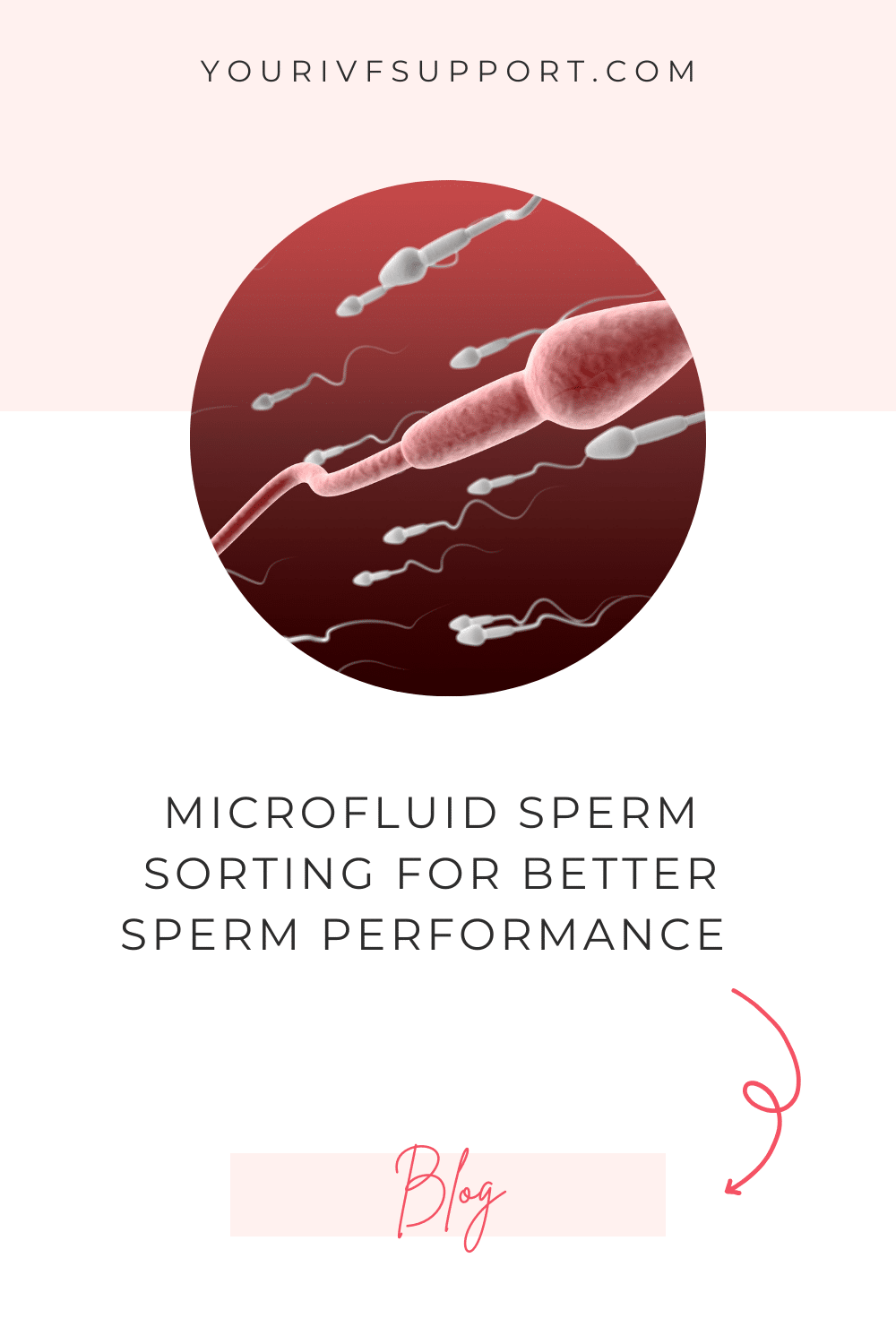
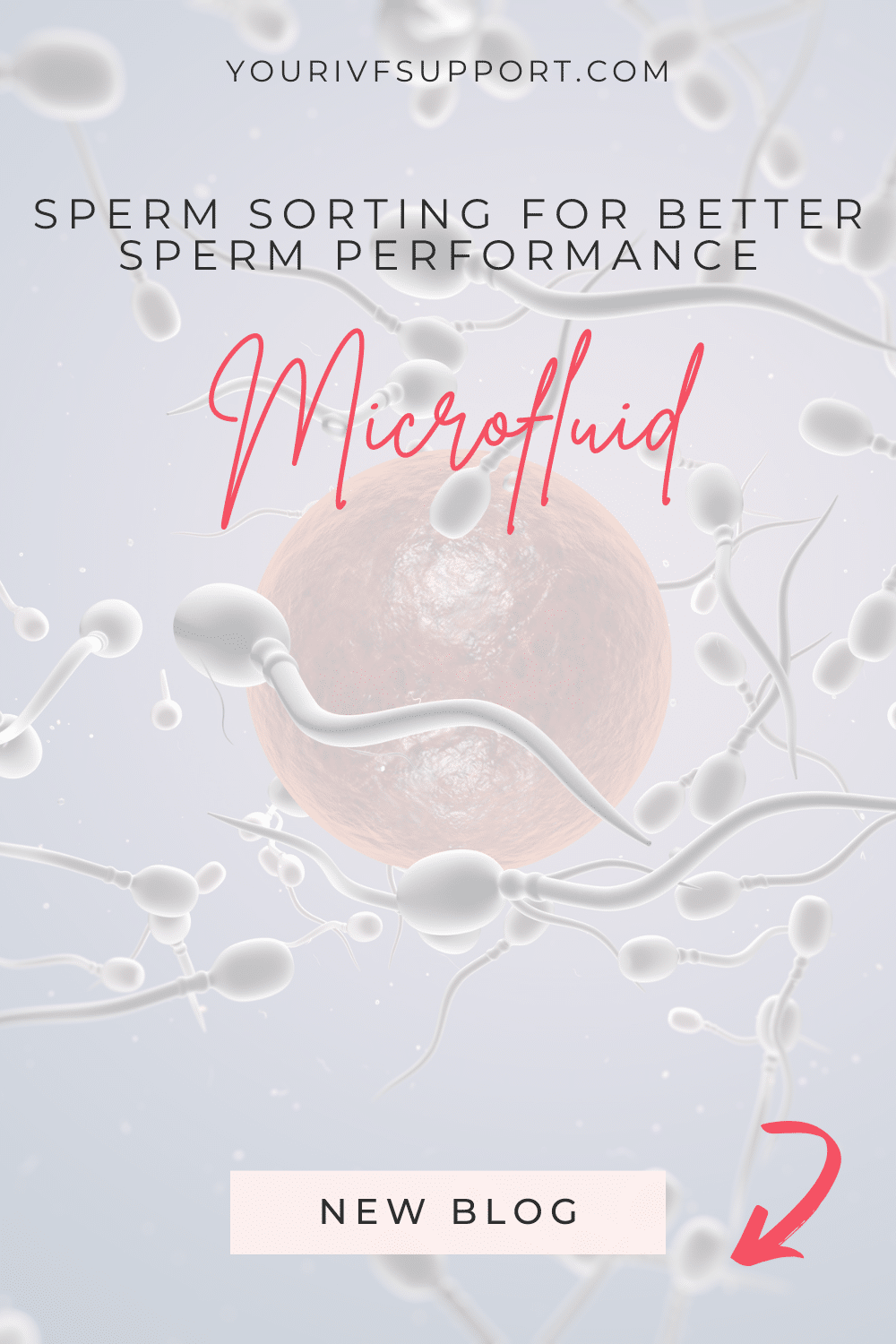
How Microfluid Sperm Sorting works
The aim of the procedure is to mimic as closely as possible the physiological selection process in the female body before IVF. The Microfluid Chip has an entry and exit area connected by a small passageway. The native sperm sample is placed in the entrance hole and the sperm cells then have to find their way by moving independently against the flow of the contained fluid and through so-called microbarriers. This maze is intended to mimic the situation in the female fallopian tube as closely as possible. Thus, by imitating the natural selection in the female body, it is ensured that only fully functional sperm survive the passage through the chip. This mode of operation underlies most of the microchips used to sort sperm.
"Microfluid Sperm Sorting has been shown in clinical trials to increase the success rate of an IVF cycle by up to 25%."
Scientific results on effectiveness
When tested against previously established methods of sorting sperm, the Microfluid Sperm Sorting System was able to correctly classify all samples in the subfertile zone. In the future, the analysis of sperm by Microfluid Sperm Sorting Chips could become a more affordable, faster and simpler method to gain further insight into the quality of the sample without the need for expensive laboratory equipment. Possibly, in the future, the testing could be used in the same way as a home pregnancy test.
It is scientifically proven that the quality of the selected sperm can influence the overall success of fertility treatment, the rate of birth defects and potentially the fertility rate of the male offspring. In the practical test, the microchip was able to filter out the sperm that were almost 100% motile and of higher quality in terms of their morphology and genetic health. This means that it is more often possible to draw conclusions about the sperm's competence to fertilise the egg. Microfluid Sperm Sorting has been shown in clinical trials to increase the success rate of an IVF cycle by up to 25%.
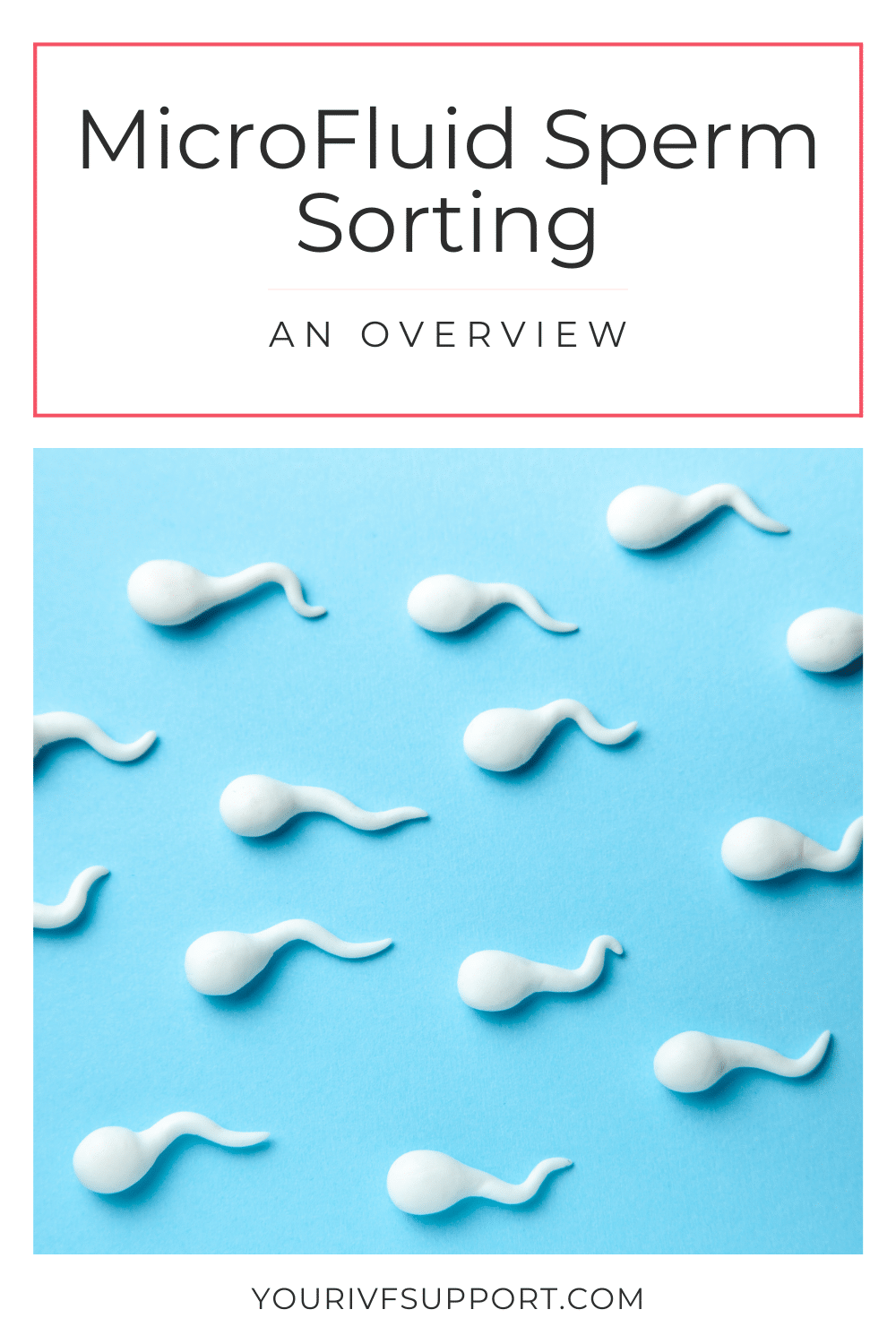
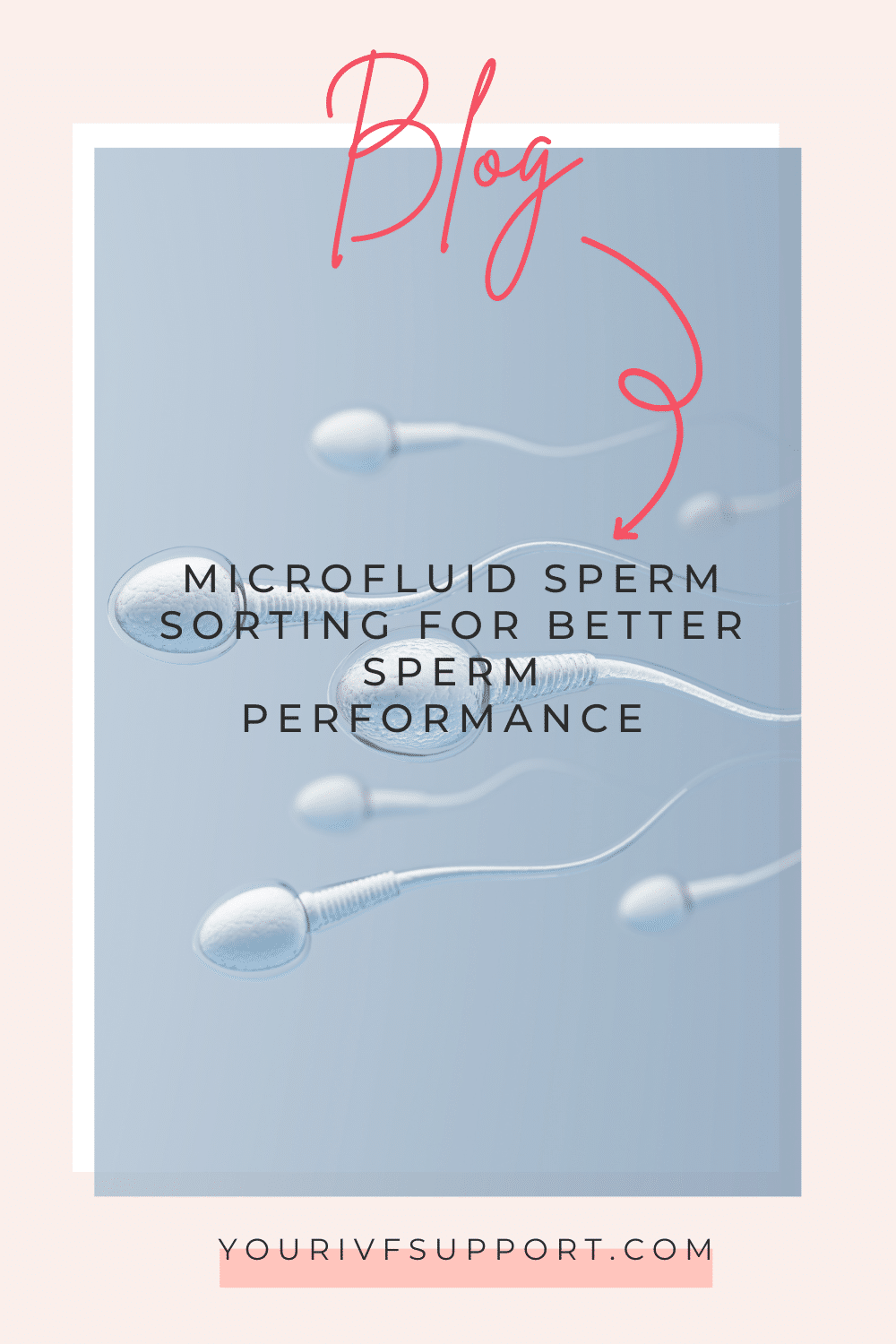
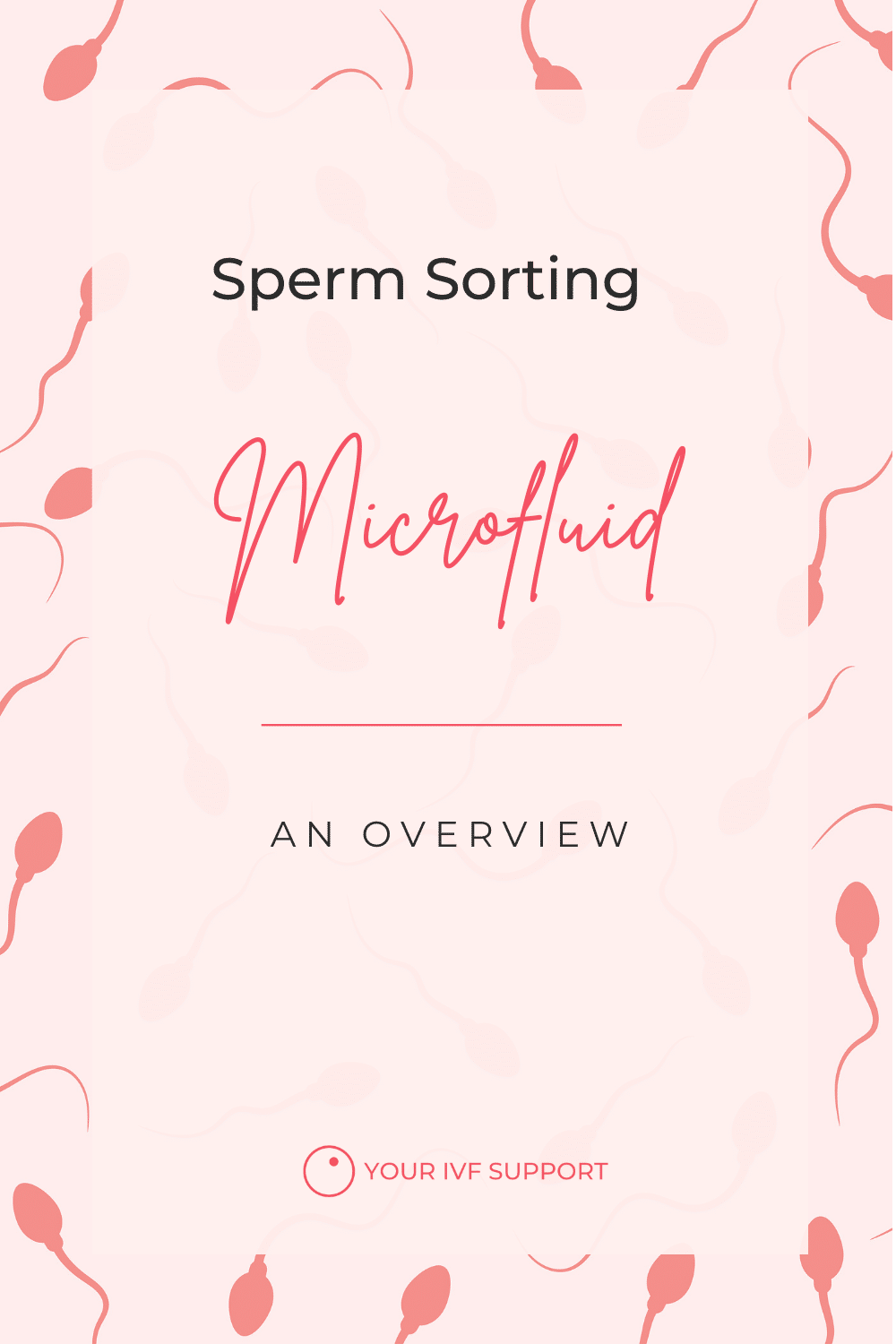
Who is Microfluid Sperm Sorting not suitable for?
Since Microfluid Sperm Sorting requires a certain degree of the sperm's own motility, sperm samples with very low motility overall may be unsuitable for the method. These sperm cells cannot overcome the barriers in the microchip in sufficient quantity. This is ruled out in advance by the doctor using a microscope.
Conclusion
Due to its promising application possibilities, Microfluid Sperm Sorting can find growing use today. Especially for infertile couples, where the male part seems to be the source of the unwanted childlessness, the method can be a step towards success. The microchip offers a particular advantage because of its less traumatic treatment of the sperm. This gentle processing can contribute to sperm cells that are as genetically healthy as possible. All in all, Microfluid Sperm Sorting seems to be another step in the right direction to assist more couples on their way to having their own family.
Sources
- Segerink LI, Sprenkels AJ, ter Braak PM, et al. On-chip determination of spermatozoa concentration using electrical impedance measurements. Lab Chip 2010;10:1018-24.
- Segerink LI, Sprenkels AJ, Oosterhuis GJE, et al. Microfluidic Chips for Semen Analysis. EJIFCC 2012;23:66-9.
- https://www.ncbi.nlm.nih.gov/pmc/articles/PMC6087839/
- https://www.nature.com/articles/s41585-021-00530-9
